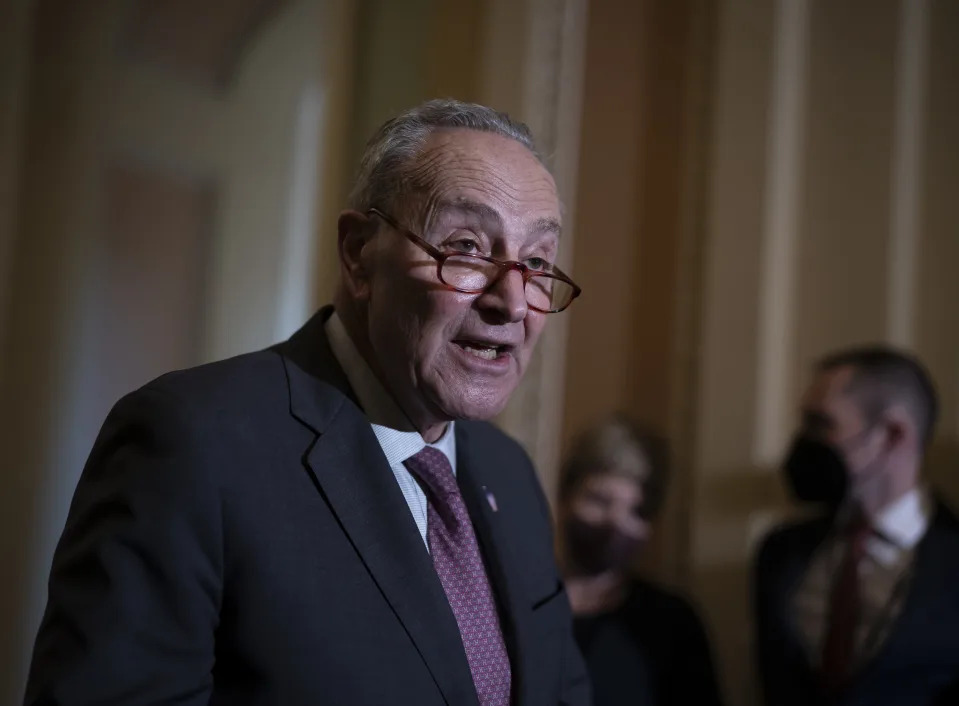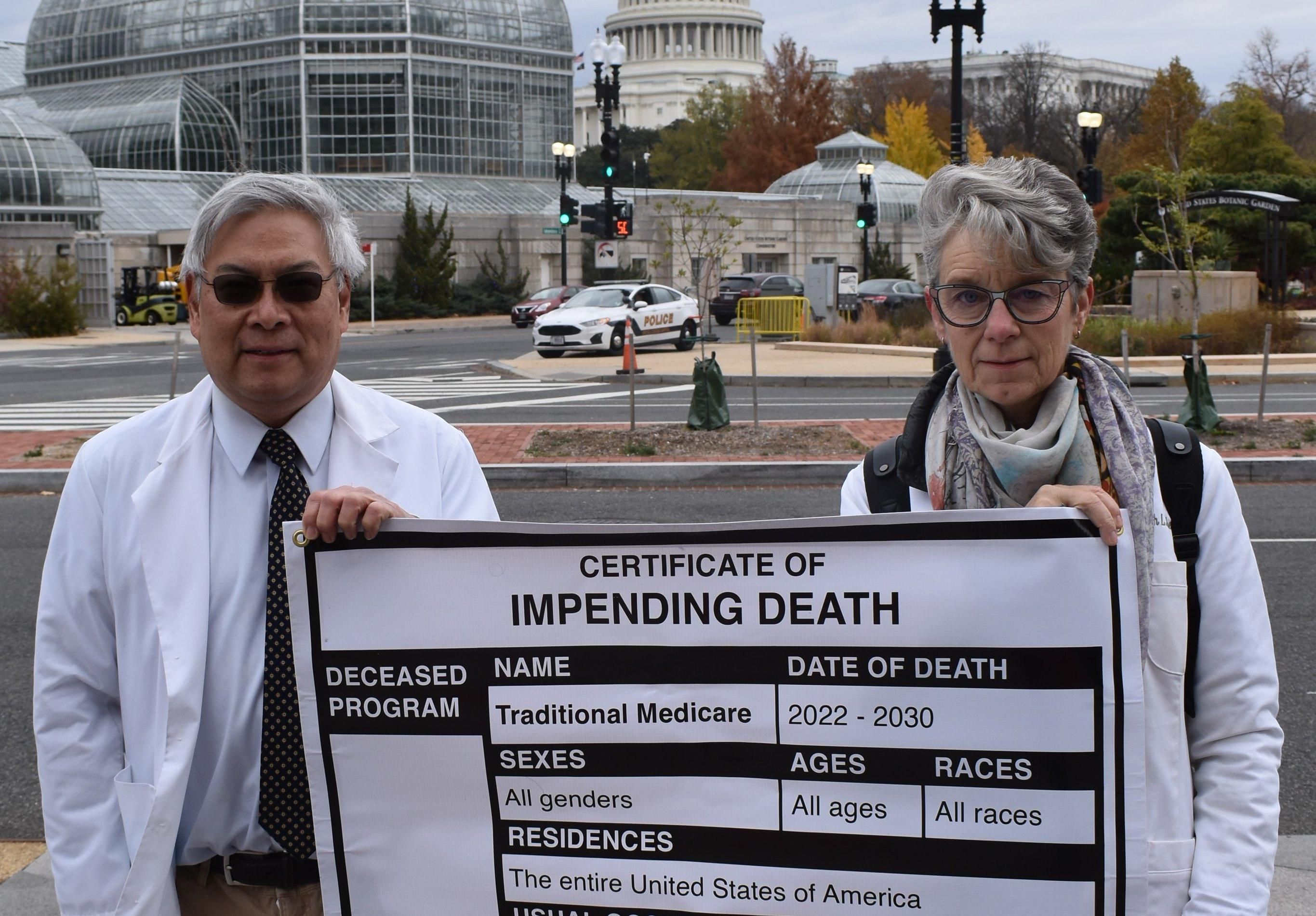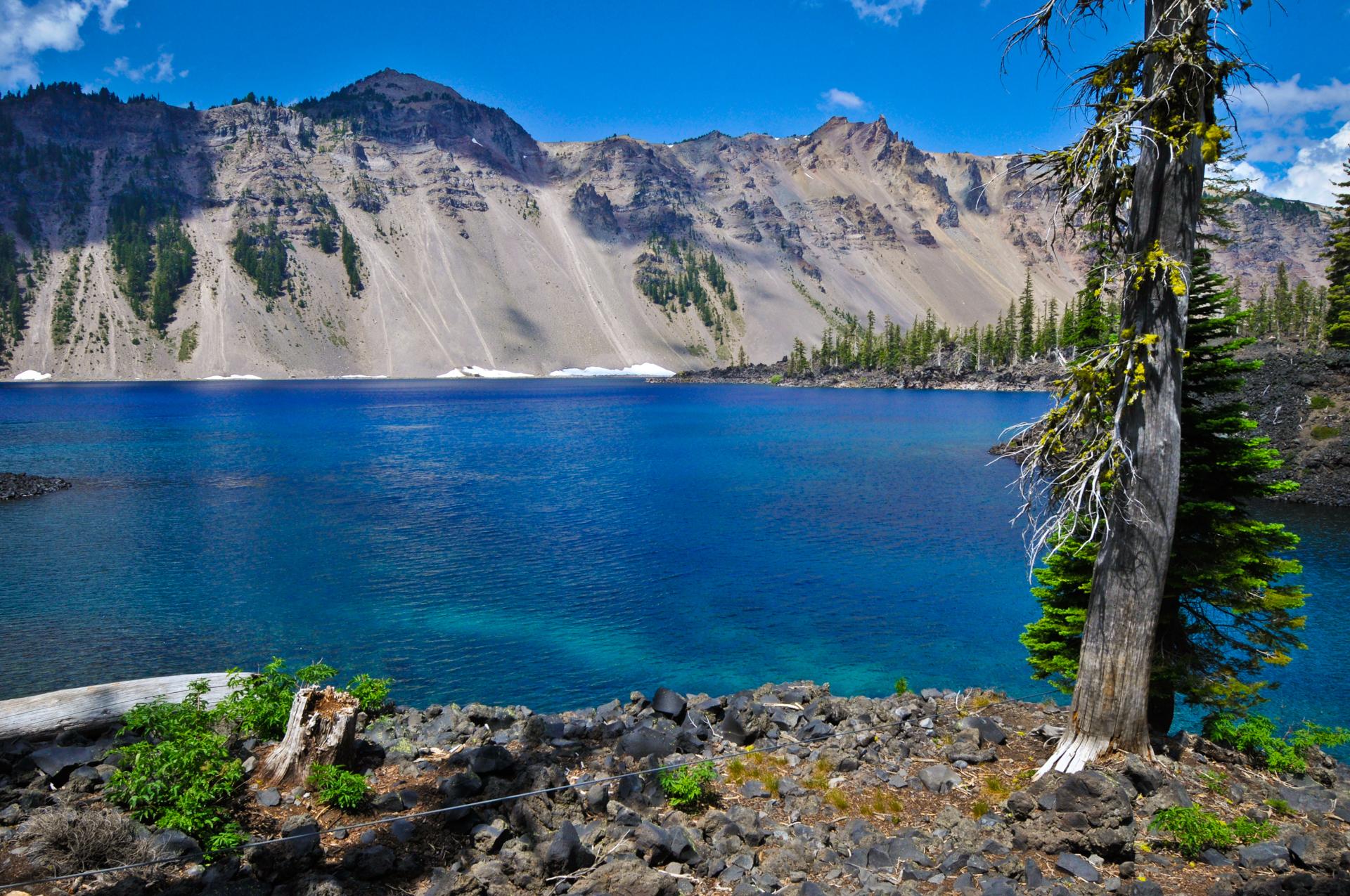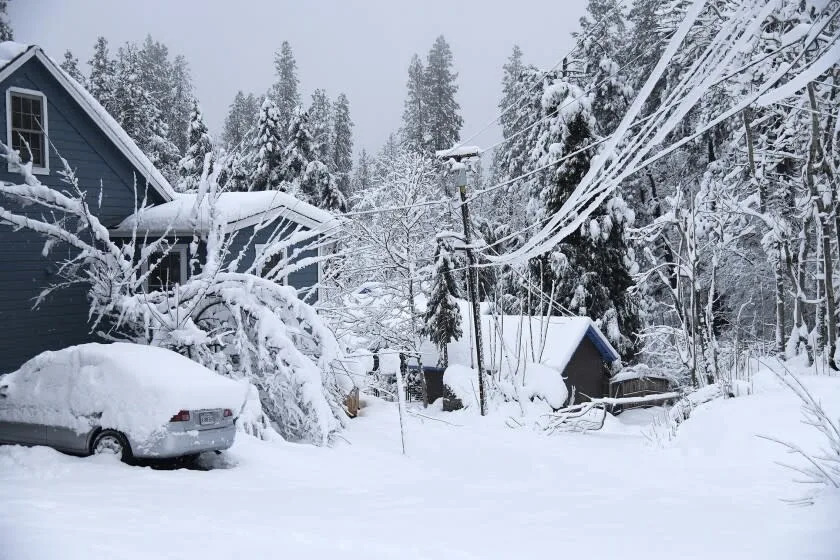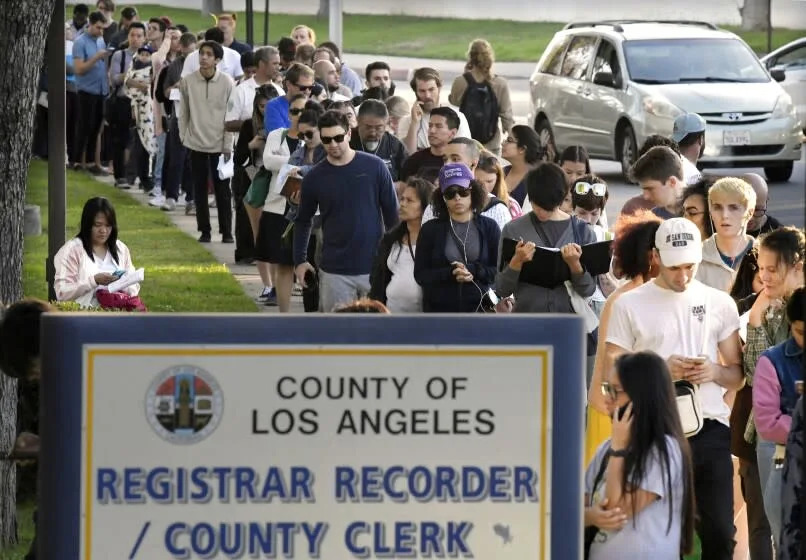The Conversation
Climate change threatens drinking water quality across the Great Lakes
Gabriel Filippelli, Chancellor’s Professor of Earth Sciences and Executive Director, Indiana University Environmental Resilience Institute, IUPUI and Joseph D. Ortiz, Professor and Assistant Chair of Geology, Kent State University. January 2, 2022

This story is part of the Pulitzer Center’s nationwide Connected Coastlines reporting initiative. For more information, go to https://pulitzercenter.org/connected-coastlines-initiative.

“Do Not Drink/Do Not Boil” is not what anyone wants to hear about their city’s tap water. But the combined effects of climate change and degraded water quality could make such warnings more frequent across the Great Lakes region.
A preview occurred on July 31, 2014, when a nasty green slime – properly known as a harmful algal bloom, or HAB – developed in the western basin of Lake Erie. Before long it had overwhelmed the Toledo Water Intake Crib, which provides drinking water to nearly 500,000 people in and around the city.
Tests revealed that the algae was producing microcystin, a sometimes deadly liver toxin and suspected carcinogen. Unlike some other toxins, microcystin can’t be rendered harmless by boiling. So the city issued a “Do Not Drink/Do Not Boil” order that set off a three-day crisis.

Local stores soon ran out of bottled water. Ohio’s governor declared a state of emergency, and the National Guard was called in to provide safe drinking water until the system could be flushed and treatment facilities brought back on line.
The culprit was a combination of high nutrient pollution – nitrogen and phosphorus, which stimulate the growth of algae – from sewage, agriculture and suburban runoff, and high water temperatures linked to climate change. This event showed that even in regions with resources as vast as the Great Lakes, water supplies are vulnerable to these kinds of man-made threats.
As Midwesterners working in the fields of urban environmental health and climate and environmental science, we believe more crises like Toledo’s could lie ahead if the region doesn’t address looming threats to drinking water quality.
Vast and abused
The Great Lakes together hold 20% of the world’s surface freshwater – more than enough to provide drinking water to over 48 million people from Duluth to Chicago, Detroit, Cleveland and Toronto. But human impacts have severely harmed this precious and vital resource.
In 1970, after a century of urbanization and industrialization around the Great Lakes, water quality was severely degraded. Factories were allowed to dump waste into waterways rather than treating it. Inadequate sewer systems often sent raw sewage into rivers and lakes, fouling the water and causing algal blooms.
Problems like these helped spur two major steps in 1972: passage of the U.S. Clean Water Act, and adoption of the Great Lakes Water Quality Agreement between the United States and Canada. Since then, many industries have been cleaned up or shut down. Sewer systems are being redesigned, albeit slowly and at great cost.
The resulting cuts in nutrient and wastewater pollution have brought a quick decline in HABs – especially in Lake Erie, the Great Lake with the most densely populated shoreline. But new problems have emerged, due partly to shortcomings in those laws and agreements, combined with the growing effects of climate change.https://www.youtube.com/embed/D4Nsp96zV-E?wmode=transparent&start=0
Warmer and wetter
Climate change is profoundly altering many factors that affect life in the Great Lakes region. The most immediate impacts of recent climate change have been on precipitation, lake levels and water temperatures.
Annual precipitation in the region has increased by about 5 inches over the past century. Changes in the past five years alone – the hottest five years in recorded history – have been particularly dramatic, with a series of extreme rainfall events bringing extremely high and rapidly varying water levels to the Great Lakes.
Record high precipitation in 2019 caused flooding, property damage and beachfront losses in a number of coastal communities. Precipitation in 2020 is projected to be equally high, if not higher. Some of this is due to natural variability, but certainly some is due to climate change.
Another clear impact of climate change is a general warming of all five Great Lakes, particularly in the springtime. The temperature increase is modest and varies from year to year and place to place, but is consistent overall with records of warming throughout the region.
More polluted runoff
Some of these climate-related changes have converged with more direct human impacts to influence water quality in the Great Lakes.
Cleanup measures adopted back in the 1970s imposed stringent limits on large point sources of nutrient pollution, like wastewater and factories. But smaller “nonpoint” sources, such as fertilizer and other nutrients washing off farm fields and suburban lawns, were addressed through weaker, voluntary controls. These have since become major pollution sources.
Since the mid-1990s, climate-driven increases in precipitation have carried growing quantities of nutrient runoff into Lake Erie. This rising load has triggered increasingly severe algal blooms, comparable in some ways to the events of the 1970s. Toledo’s 2014 crisis was not an anomaly.
These blooms can make lake water smell and taste bad, and sometimes make it dangerous to drink. They also have long-term impacts on the lakes’ ecosystems. They deplete oxygen, killing fish and spurring chemical processes that prime the waters of Lake Erie for larger future blooms. Low-oxygen water is more corrosive and can damage water pipes, causing poor taste or foul odors, and helps release trace metals that may also cause health problems.
So despite a half-century of advances, in many ways Great Lakes water quality is back to where it was in 1970, but with the added influence of a rapidly changing climate.

Filtering runoff
How can the region change course and build resilience into Great Lakes coastal communities? Thanks to a number of recent studies, including an intensive modeling analysis of future climate change in Indiana, which serves as a proxy for most of the region, we have a pretty good picture of what the future could look like.
As one might guess, warming will continue. Summertime water temperatures are projected to rise by about another 5 degrees Fahrenheit by midcentury, even if nations significantly reduce their greenhouse gas emissions. This will cause further declines in water quality and negatively impact coastal ecosystems.
The analysis also projects an increase in extreme precipitation and runoff, particularly in the winter and spring. These shifts will likely bring still more nutrient runoff, sediment contaminants and sewage overflows into coastal zones, even if surrounding states hold the actual quantities of these nutrients steady. More contaminants, coupled with higher temperatures, can trigger algal blooms that threaten water supplies.
But recent success stories point to strategies for tackling these problems, at least at the local and regional levels.
A number of large infrastructure projects are currently underway to improve stormwater management and municipal sewer systems, so that they can capture and process sewage and associated nutrients before they are transported to the Great Lakes. These initiatives will help control flooding and increase the supply of “gray water,” or used water from bathroom sinks, washing machines, tubs and showers, for uses such as landscaping.
Cities are coupling this “gray infrastructure” with green infrastructure projects, such as green roofs, infiltration gardens and reclaimed wetlands. These systems can filter water to help remove excess nutrients. They also will slow runoff during extreme precipitation events, thus recharging natural reservoirs.
Municipal water managers are also using smart technologies and improved remote sensing methods to create near-real-time warning systems for HABs that might help avert crises. Groups like the Cleveland Water Alliance, an association of industry, government and academic partners, are working to implement smart lake technologies in Lake Erie and other freshwater environments around the globe. Finally, states including Ohio and Indiana are moving to cut total nutrient inputs into the Great Lakes from all sources, and using advanced modeling to pinpoint those sources.
Together these developments could help reduce the size of HABs, and perhaps even reach the roughly 50% reduction in nutrient runoff that government studies suggest is needed to bring them back to their minimum extent in the mid-1990s.
Short of curbing global greenhouse gas emissions, keeping communities that rely so heavily on the Great Lakes livable will require all of these actions and more.
Read more:
- Tons of plastic trash enter the Great Lakes every year – where does it go?
- How your diet contributes to nutrient pollution and dead zones in lakes and bays
- The US drinking water supply is mostly safe, but that’s not good enough
Gabriel Filippelli receives funding from the U.S. National Science Foundation and the American Chemical Society-Petroleum Research Fund
Joseph D. Ortiz receives funding from NASA, the HW Hoover Foundation and the National Geographic Society. He is a participant in the Cleveland Water Alliance, which includes Kent State University. His spouse owns an environmental consulting firm, which is not involved in this project or his research.

